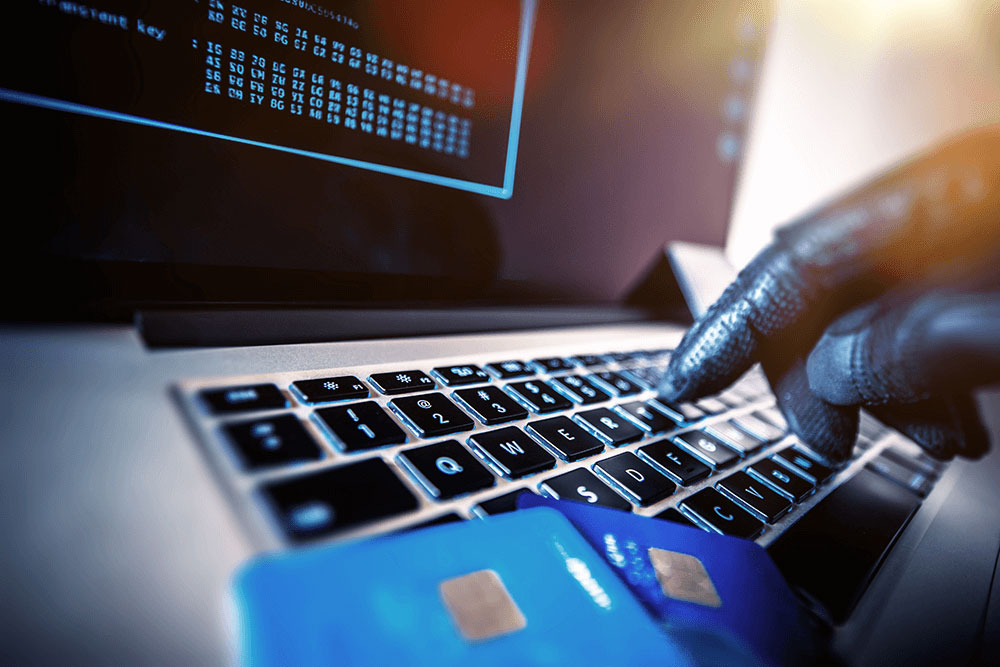Identity theft is a serious problem that can have devastating consequences for businesses. Business identity theft occurs when criminals misuse the name of a business for illegal financial gains. Here we share with you some common business identity theft schemes:
What is business identity theft?
Criminals steal the identity of a business by misusing their bank and credit card details or by stealing sensitive information, such as the tax identification number (TIN) and the owners’ personal information. They can use stolen information to:
- Open a new bank account in the name of the legal business
- Use the identity of a business to defraud other people
- Exploit the assets of a company
Mentioned below are common business identity theft schemes:
1. Fake social media accounts:
Criminals create fake social media accounts that use the names, images, logos, or other identifying information of established businesses to dupe their customers. This can tarnish the image of the business.
2. Look-alike websites:
Scammers will often try to copy the website design of established companies to trick unsuspecting customers into giving them their personal information or financial details. Unaware customers may be led to these fraudulent websites through search engines, social media, or emails. Once they land on the site, they may be asked to enter their login credentials, credit card information or other sensitive data. In some cases, scammers may even set up fake customer service numbers or chatbots to continue to deceit innocent people.
3. Phishing emails:
Criminals send fake emails to employees to trick them into divulging sensitive banking information, which can then be used to commit financial crimes such as taking out loans or opening new credit lines in the company’s name. These mails often have the company’s name and logo to make them look authentic.
4. Trademark ransom
Criminals might also steal a business name or logo and register it as an official trademark. Eventually, they ask for a ransom to release the trademarked business identity.
5. Fake invoices
Criminals might issue fake invoices with the company’s logo. They may use these fake invoices to dupe the company’s vendors and seek payment from them.
How to prevent business identity theft?
Here are some tips to prevent business identity theft:
1. Secure personal information:
One of the best ways to do this is to limit access to documents and files that contain sensitive information. Only managers who need the information should have access and when the employees leave the company, their access should be removed immediately. Additionally, it’s important to verify any third-party requests for personal information.
2. Secure computers:
A computer security policy should include measures such as multi-factor authentication or passwords to limit access. Also, additional security measures should be put in place. For instance, anti-virus software, firewalls, encryption software and spyware protection software should be used on all computers. Moreover, data protection software should be used for logging data and audit trails for suspicious activity.
3. Secure correspondence:
This will prevent someone from being able to access business mail and steal personal information. Additionally, businesses should avoid mailing or faxing bills or other documents to customers that include sensitive information.
Here are some things you must do in case of a business identity theft:
- File a report with the police as well as FTC and FBI at IC3.gov.
- Report the theft to your credit card provider or bank.
- Reach out to credit reporting agencies and speak with their fraud departments about the crime.
- Maintain detailed information about identity theft by keeping all the report copies, correspondences and email printouts.
- Hiring an attorney can also be helpful in this process.
If you’re looking to hire an attorney, contact David L. Fleck. He has a decade of experience in dealing with lawsuits involving complex business identity frauds.

